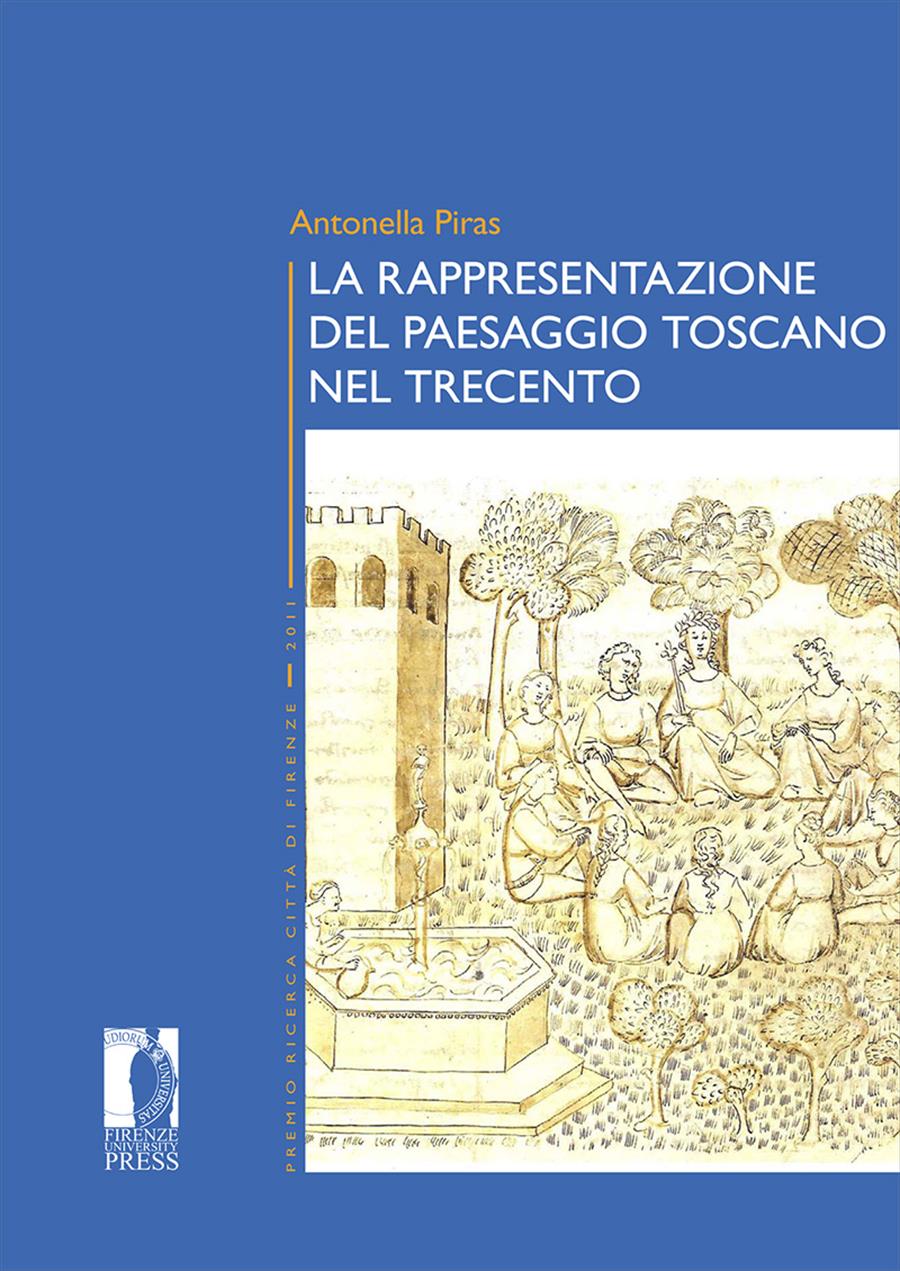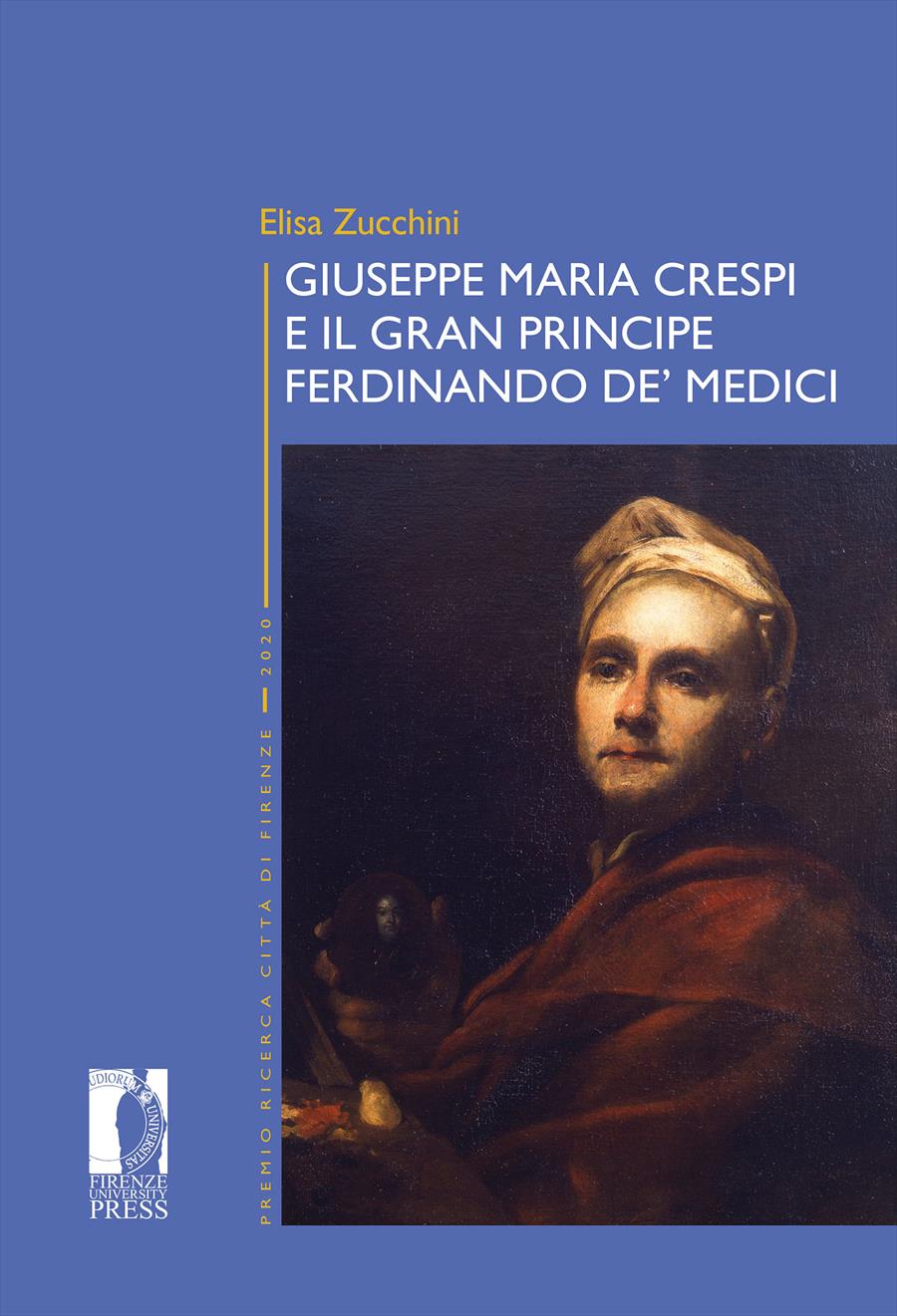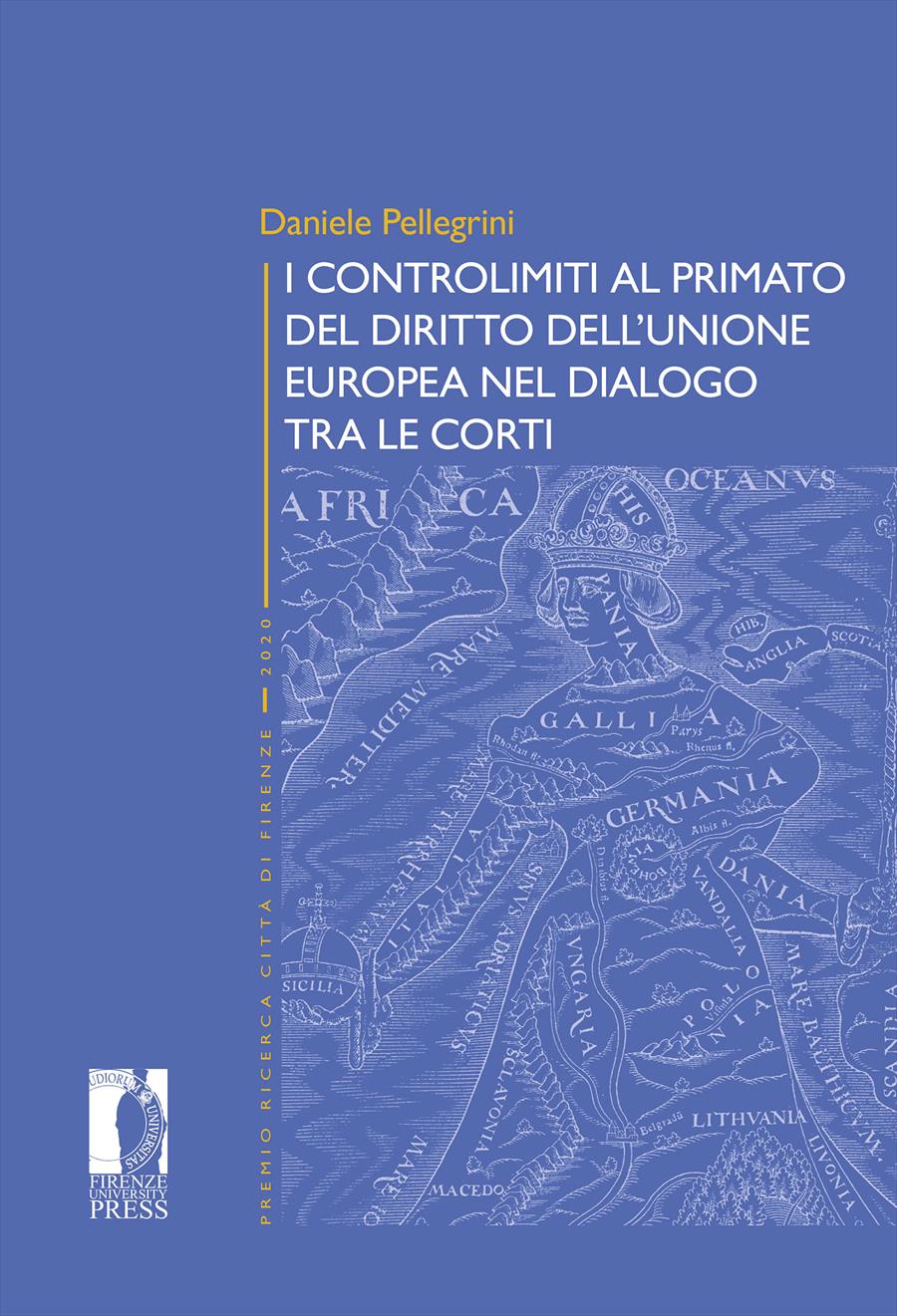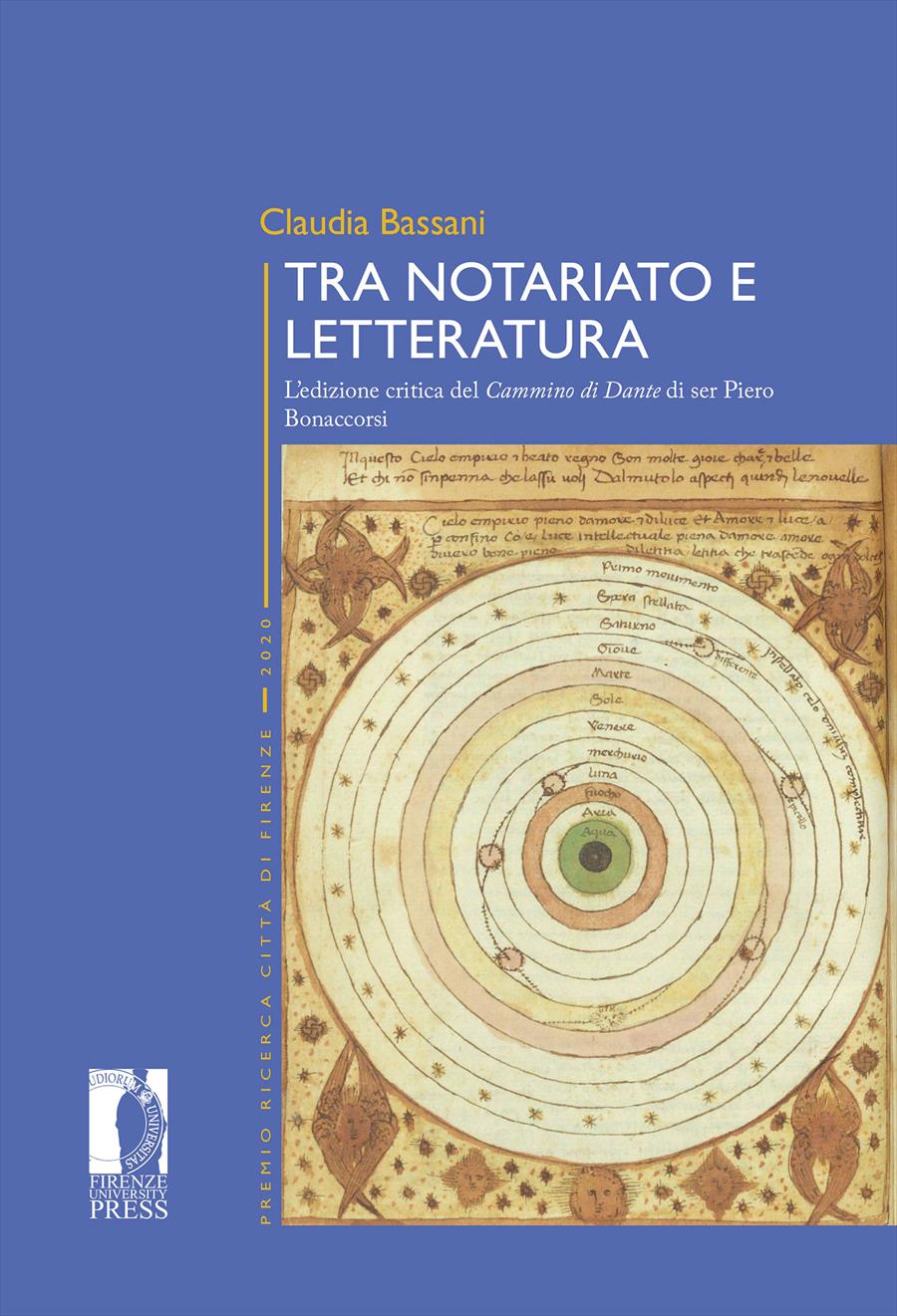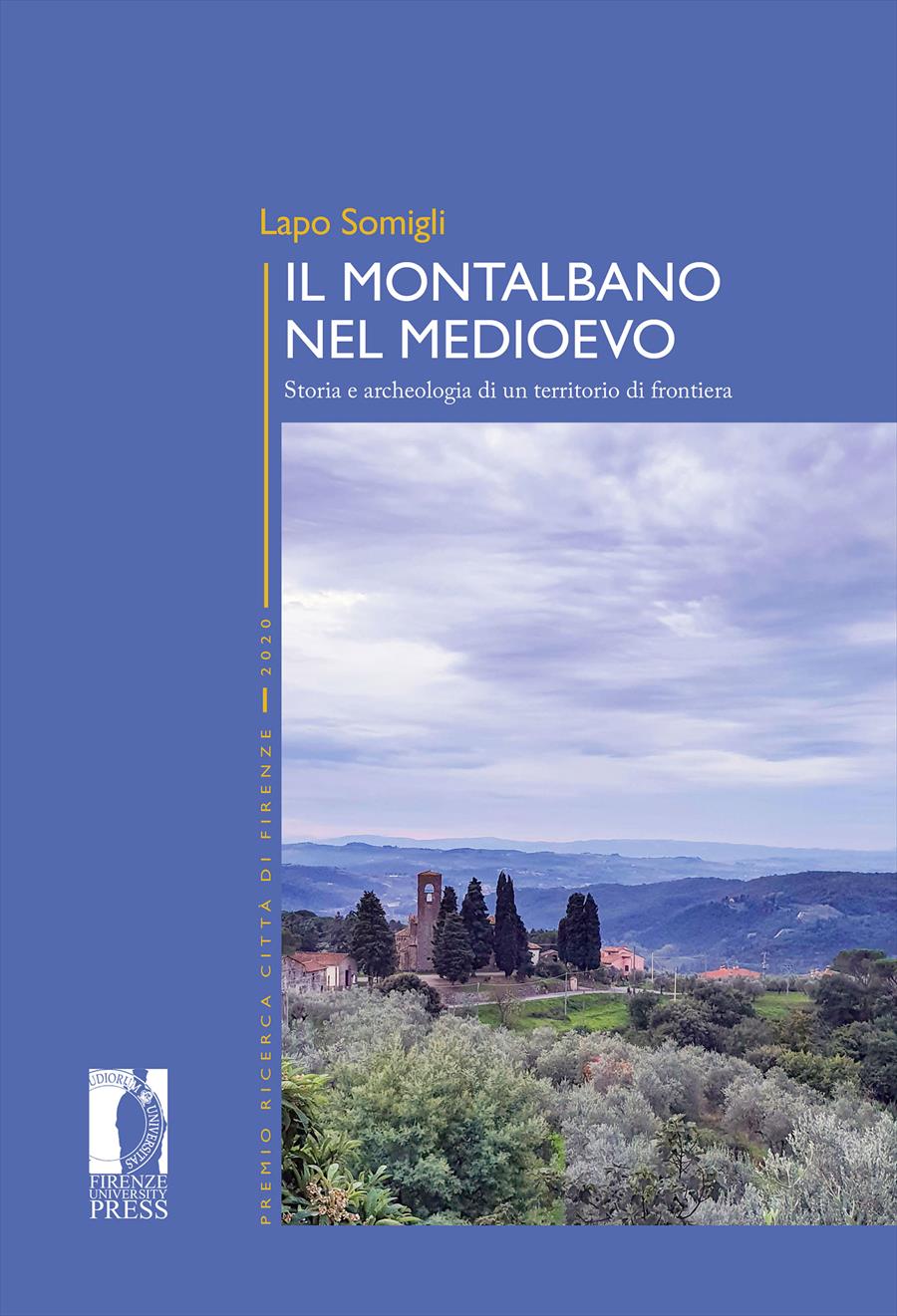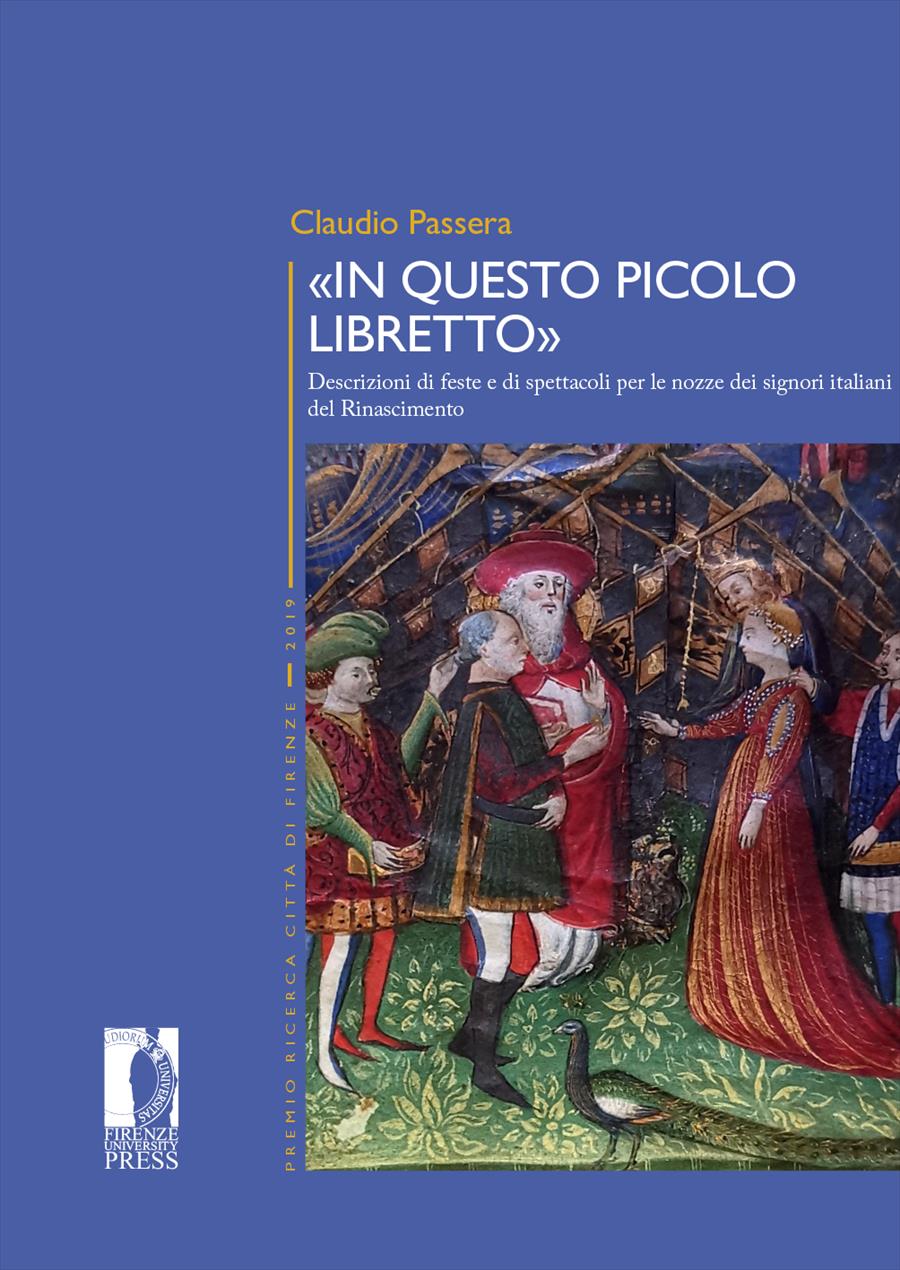La rappresentazione del paesaggio toscano nel Trecento
- Antonella Piras,
The book aims to identify the prevalent characteristics of the Tuscan landscape in the fourteenth century through the artistic and literary expressions of two of the main protagonists of the century, Giotto and Boccaccio.
Emerging from a critical reading of the Decameron by Boccaccio and the paintings by Giotto is the relationship between fourteenth-century man and nature: having overcome the fear of existence, man is aware of the territory/landscape and his capacity of control over nature. This emerges in the relationship between the city and the landscape outside the walls, in the two artists' careful observation of nature, in the sense of belonging to places, in the role of open spaces, in the conditions of well-being of the environment, in the sense of protection and security; and it is also highlighted in the characteristics of the landscape, such as the sense of proximity, distance, time and aesthetics, in relation above all to gardens and the countryside.
From the studies performed there emerges a curiosity that was not yet capable of expressing itself in autonomous forms, but was already appreciable in the innovative techniques heralding the next century.
- DOI: 10.36253/978-88-6655-284-0
- Series: Premio Ricerca «Città di Firenze»
- Scientific Board
- Language: Italian
- Subjects: Architecture
- Download PDF
-

- © 2012 Author(s)
- CC BY-NC-ND 3.0 IT
- Publication Year: 2012
- Pages: 302
- eISBN: 978-88-6655-284-0
- Content License: CC BY-NC-ND 3.0 IT
- © 2012 Author(s)
- Publication Year: 2012
- eISBN: 978-88-9273-568-2
- Content License: CC BY-NC-ND 3.0 IT
- © 2012 Author(s)
Bibliographic Information
Book Title
La rappresentazione del paesaggio toscano nel Trecento
Authors
Antonella Piras
Peer Reviewed
Publication Year
2012
Copyright Information
© 2012 Author(s)
Content License
Metadata License
Publisher Name
Firenze University Press
DOI
10.36253/978-88-6655-284-0
eISBN (pdf)
978-88-6655-284-0
eISBN (xml)
978-88-9273-568-2
Series Title
Premio Ricerca «Città di Firenze»
Series ISSN
2705-0289
Series E-ISSN
2705-0297
